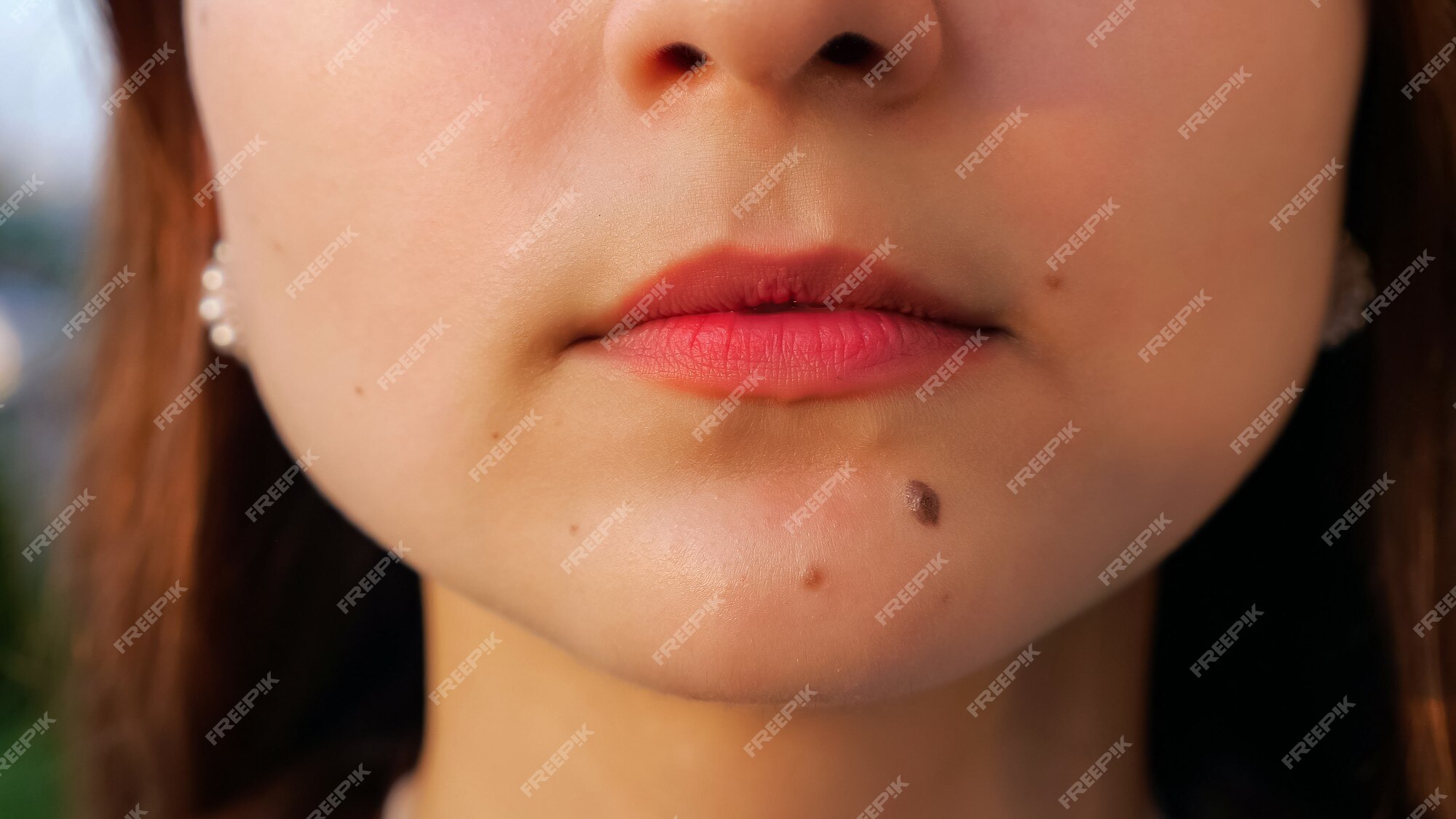
Birthmarks are intriguing and unique, adorning the skin of countless individuals around the world. They are a fascinating aspect of human diversity, often raising questions and sparking curiosity. In this article, we will delve into the world of birthmarks on the face, exploring their types, causes, treatment options, and the emotional impact they can have on an individual.
Types of Birthmarks
Vascular Birthmarks
Vascular birthmarks are caused by irregular blood vessels under the skin’s surface. These include hemangiomas, port-wine stains, and strawberry marks. They can vary in color, size, and appearance.
Pigmented Birthmarks
Pigmented birthmarks, on the other hand, are characterized by an overgrowth of pigment cells. These include moles, café-au-lait spots, and Mongolian spots, which are often brown or black.
Other Rare Types
Some birthmarks don’t fit into these categories and can be quite unique. These include congenital melanocytic nevi, blue nevi, and dermatofibromas.
Causes of Birthmarks
The exact cause of birthmarks remains a subject of research. While some are present at birth, others develop shortly after. It is believed that genetic factors, environmental influences, and the development of blood vessels or pigment cells play a role.
Appearance and Characteristics
Birthmarks can vary greatly in appearance. They may be flat or raised, have defined edges or be irregular in shape. Their color can range from pink and red to brown, black, or even blue. The characteristics largely depend on the type and location of the birthmark.
Location and Frequency
Birthmarks can appear anywhere on the face and body. Some are more common on specific areas, such as the face. Port-wine stains are often seen on the face, while café-au-lait spots can appear on any body part. Their frequency varies among individuals.
Emotional and Psychological Impact
Living with a visible birthmark on the face can be emotionally challenging. It’s not uncommon for individuals to experience feelings of self-consciousness, low self-esteem, or even bullying. However, it’s essential to remember that beauty comes in all forms.
Treatment Options
While birthmarks are generally harmless, some individuals choose to seek treatment for cosmetic reasons or medical necessity. Treatment options include:
Laser Therapy
Laser therapy is often used for vascular birthmarks. It can help lighten or remove the birthmark gradually.
Corticosteroids
Corticosteroids may be injected into certain birthmarks to reduce their size and color.
Surgical Removal
In some cases, surgical removal is necessary. This is more common for large or problematic birthmarks.
Natural Remedies and Home Care
For those who prefer non-invasive approaches, natural remedies and home care can help improve the appearance of birthmarks. These methods include using aloe vera, lemon juice, or honey, which may help lighten the birthmark over time.
Myths and Misconceptions
There are several myths surrounding birthmarks, such as them being linked to past lives or parental behavior during pregnancy. It’s essential to separate fact from fiction and rely on credible information.
Caring for a Child with a Birthmark
Parents of children with birthmarks should provide emotional support, educate their child about their birthmark, and consult with a dermatologist if needed. Loving acceptance is key.
Celebrity Perspectives
Even celebrities have birthmarks, and many of them have embraced their uniqueness. It’s inspiring to see public figures like Cindy Crawford and Ricky Martin embracing their birthmarks and standing as symbols of confidence.
Acceptance and Self-Love
In a world that often emphasizes physical appearance, it’s crucial to remember that your birthmark is a part of what makes you unique. Embrace it with love and confidence.
Future Developments in Treatment
Research into birthmark treatment is ongoing, with the goal of improving existing methods and developing new, more effective treatments.
Conclusion
Birthmarks on the face are a beautiful and unique aspect of a person’s identity. Whether you choose to keep your birthmark or seek treatment, it’s essential to embrace your individuality and cherish the qualities that make you who you are.
Frequently Asked Questions (FAQs)
1. Can birthmarks be completely removed?
- While some birthmarks can be significantly reduced, complete removal may not always be possible.
2. Do birthmarks change over time?
- Some birthmarks can change in color or size, while others remain stable throughout life.
3. Is it safe to use natural remedies to treat birthmarks?
- Natural remedies should be used with caution and under the guidance of a healthcare professional.
4. Are there support groups for individuals with birthmarks?
- Yes, there are support groups and online communities where individuals can connect and share their experiences.
5. Can birthmarks reappear after being treated?
- In some cases, birthmarks may return after treatment, especially if the treatment was not entirely successful.
